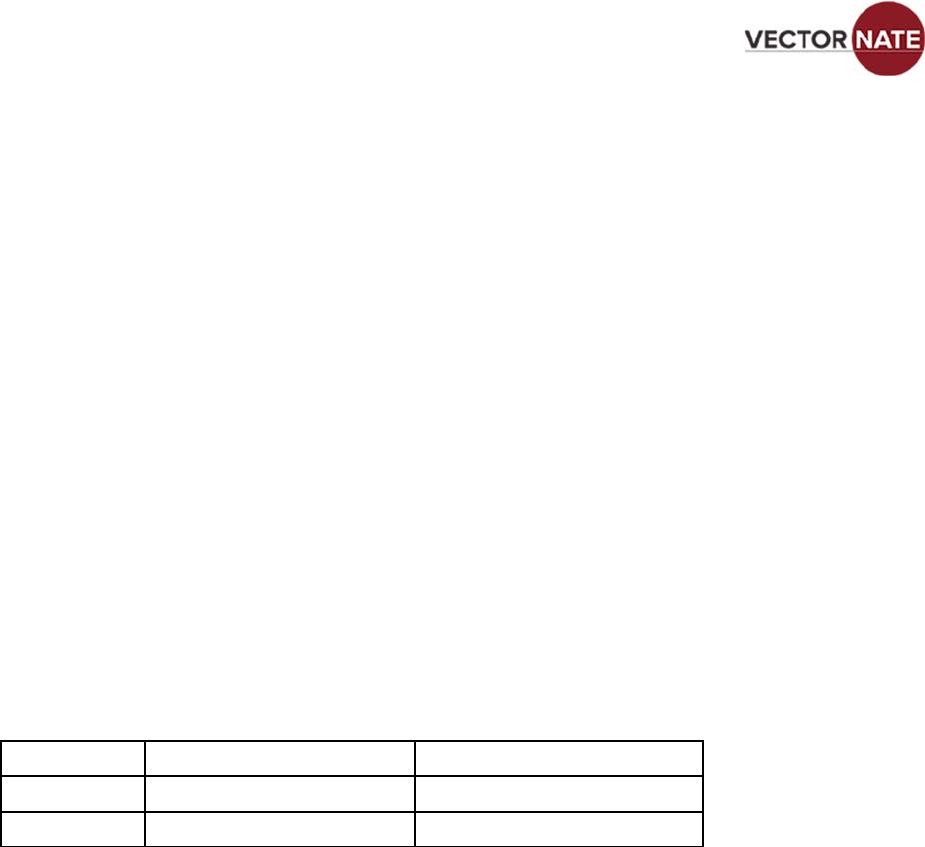Product Manual

MedSchenker® Smart Collection System, SCK-KIT-0001-Q121 24
th
February 2021 Ver.2.0
evidence of damage or contamination to the product, (2) there is evidence of leakage, (3) there is evidence of breakage, tear or
damage to the packaging container, (4) the color of the medium has changed from light orange-red, (5) the expiration date has
passed, (6) the swab pouch is open, or (7) there are other signs of deterioration.
SPECIMEN COLLECTION, STORAGE AND TRANSPORTATION
Specimens for virus investigation should be collected and handled following published manuals and
guidelines.
2,3,4,7,9,10,11
To maintain optimum viability, transport the specimen to the laboratory as soon as possible. Best
recovery is obtained when specimens are refrigerated at 2-8°C or kept on wet ice following collection and while in transit. If
there will be a long delay before processing, specimens should be frozen at -70°C or colder and transported on dry ice.
Specific requirements for the shipment and handling of specimens should be in full compliance with
state and federal regulations
8,11,12
Shipping of specimens within medical institutions should comply with internal
guidelines of the institution. All Specimens should be processed as soon as they are received in the laboratory.
MATERIALS SUPPLIED
The MedSchenker® Smart Collection System™ includes a screw-cap tube containing 3ml of transport medium and a
Nasopharyngeal
CavSwab™
MATERIALS REQUIRED BUT NOT SUPPLIED
Appropriate materials for isolating, differentiating, and culturing viruses. These materials include tissue culture cell
lines, tissue culture medium, incubation systems and reading equipment. Refer to appropriate references for
recommended protocols for isolation and identification of
viruses.
2,3,4,7,10.
DIRECTIONS FOR USE
MedSchenker Smart Collection System is available in the product configurations indicated in the table below.
SKU Description Sampling Sites*
STM30-A 3ml Screw cap with tube Culture: all Viruses
AC1100
N
asopharyngeal CavSwab™ Culture: all Viruses
Specimens should be collected as soon as possible after the clinical onset of disease. Highest viral titers are present during the
acute illness For STM30-A
1.Aseptically remove cap from tube
2.Aseptically place vesicle aspirates, corneal or conjunctival scrapings, small pieces of tissue or stool samples into the tube
with STM medium
3.Replace cap to tube and close tightly.
4.Label with appropriate patient information
5.Send to the laboratory for immediate analysis.
QUALITY CONTROL
All lot numbers of the STM™ are tested for microbial contamination, toxicity to host cells and the ability to maintain
viability of desired agents. Procedures for quality control of STM™ and virus culture media are described in several
publications by the American Society for Microbiology
3,7,10
and by NCCLS
5,6
If aberrant quality control results are
noted, patient results should not be reported.
LIMITATIONS
1.Specimens should be handled aseptically.
2.Condition, timing, and volume of specimen collected for culture are significant variables in obtaining reliable culture



